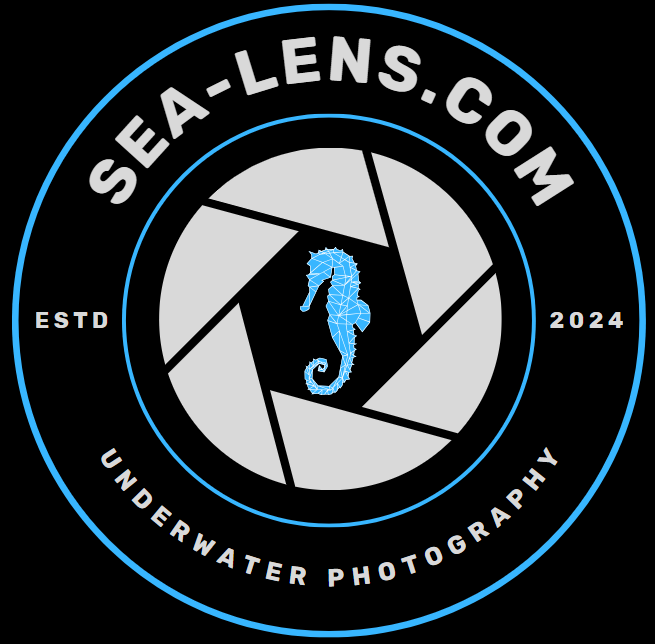Wide Angle Portfolio
Wide-angle underwater photography is a captivating technique that captures expansive scenes and dramatic perspectives beneath the ocean’s surface. Using specialised equipment and techniques, we aim to capture vast underwater landscapes, marine life in their habitats, and interactions within aquatic environments.
Wide-angle lenses and dome ports are key tools, allowing for sharp focus from foreground to background and emphasising the grandeur of underwater scenery. This style of photography not only showcases the beauty and diversity of marine ecosystems but also requires skill in composition, lighting, and understanding of underwater conditions to create stunning visual narratives beneath the sea.
























